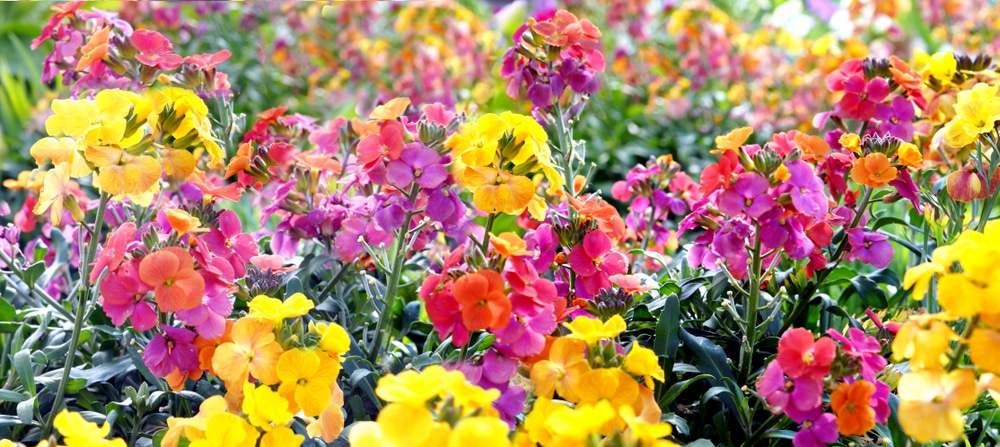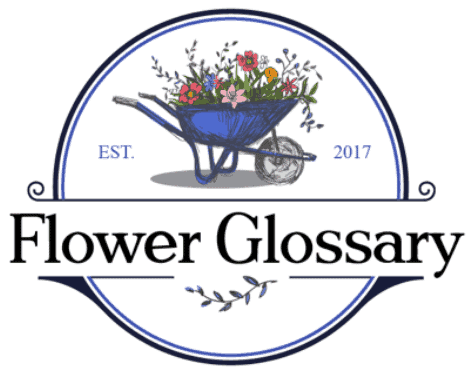Flower Glossary is reader-supported. When you buy through links on our site, we may earn an affiliate commission.
One of the most common questions asked by beginner gardeners is regarding the difference between perennial and annual plants.
The simple answer is their life cycles which refers to the time it takes for the plant to grow from the seed to bearing seeds of its own. Annual plants usually go through their life cycle within one season which is usually spring to fall.
They are planted in the spring and begin to grow throughout the spring months and produce flowers during the summer months. During fall, they begin to yield their own seeds before dying when the frost arrives in late fall months.
There are ways that you can maximize an annual plants’ potential so you can ensure their reblooming. This means that you can get even more value from them as you reach the autumn months.
Deadheading a plant is when a plant is ultimately tricked into blooming later in their life cycle so they will last a little longer.

On the other hand, perennial plants are grown from seeds but do not produce flowers in the first year as they are slow growing. This means that they have a longer lifespan than annual plants.
When they do grow, they can bloom for more than a year depending on the species. Some perennial plants don’t last as long as others such as lupine or columbine which may last for around three years in total.
Table of Contents
Biennials
There is a third kind of flowering plant that you should be aware of when it comes to this topic. Biennial plants are also a slow growing plant as they grow over two seasons before completing their life cycle.
In the first year of its lifespan, a biennial plant will produce its roots and foliage before growing its flowers in the second year where it will disperse its seeds and die.
Biennials are often regarded as perennials because of their longer lifespan and usually, their death won’t be noticed as the seeds it sows will have started to grow.
This can also be the case with some annuals such as the Portulaca grandiflora which is self seeding, meaning that they will appear every year at the same time.
There are also some instances in which a perennial that is native to a particular environment is treated as an annual plant and placed in an environment that is completely different. This is done by keeping them in controlled greenhouses where they are then sold to the public.
How to tell the difference
A good way to remember the difference is simply by considering the meaning of the words annual and perennial. Both contain the word annual (perennial being per-annual) which means year.
Annual means that it is a single year where the “per” in perennial is a Latin prefix which means that there is more than one. So annual plants will last a single year whereas perennial plants will last for more than one year.
As expected, the “bi” part of the biennial suggests that they will last for two years.
What is the best choice?
Both perennials and annuals are sold in garden centers so it is easy to find what you are looking for. Perennial plants are usually sold individually in pots and annual plants are most often sold in six packs.
The annual plants are known as bedding plants as they create instant planting beds that bloom a variety of colorful flowers.
Perennials tend to cost more due to their longer lifespan whereas annual plants can be found in a variety of containers including hanging baskets which can be quite expensive.
For those who have a larger space that they wish to fill with plants, annual plants are the best choice as they can be planted in bulk easily and last all summer long.
This is because they bloom for longer periods of time during the summer months than perennial plants and the deadheading technique can make them last even longer. As expected, it is all dependent on what kind of plants you wish to purchase.
Perennials are more expensive because they last longer than annual plants meaning that there is more time and energy spent growing them over time.
However, remember that perennials do not bloom during the first year of their lifespan as they spend that first year growing.
A lot of garden centers keep their perennial plants for long periods of time so when they are bought, they are ready to bloom so you don’t have to wait a year until they flower.
Therefore, it can be months or years before they are put on sale for the public.
In the short term, annual plants are better as they tend to be cheaper and will bloom quickly. However, for those who are wanting a long term investment then purchasing perennial plants is going to last a longer time as they needn’t be replaced as much when cared for correctly.
Annual plants
If you are interested in purchasing an annual plant, you can find them easily at garden centers and they come in multipacks of six. There are some that are sold in pots such as Geraniums but the majority of annual plants are sold in six packs.
Examples of annual plants are: African and French marigolds, Bachelor buttons, Blue ageratum, Calendula, Celosia, Coleus, Cosmos, Geranium, Love-lies-bleeding (Amaranthus caudatus), Moss rose (Portulaca grandiflora), Nasturtium, Petunias, Red salvia, Snapdragons, Sweet alyssum, Wax begonias and Zinnias.
